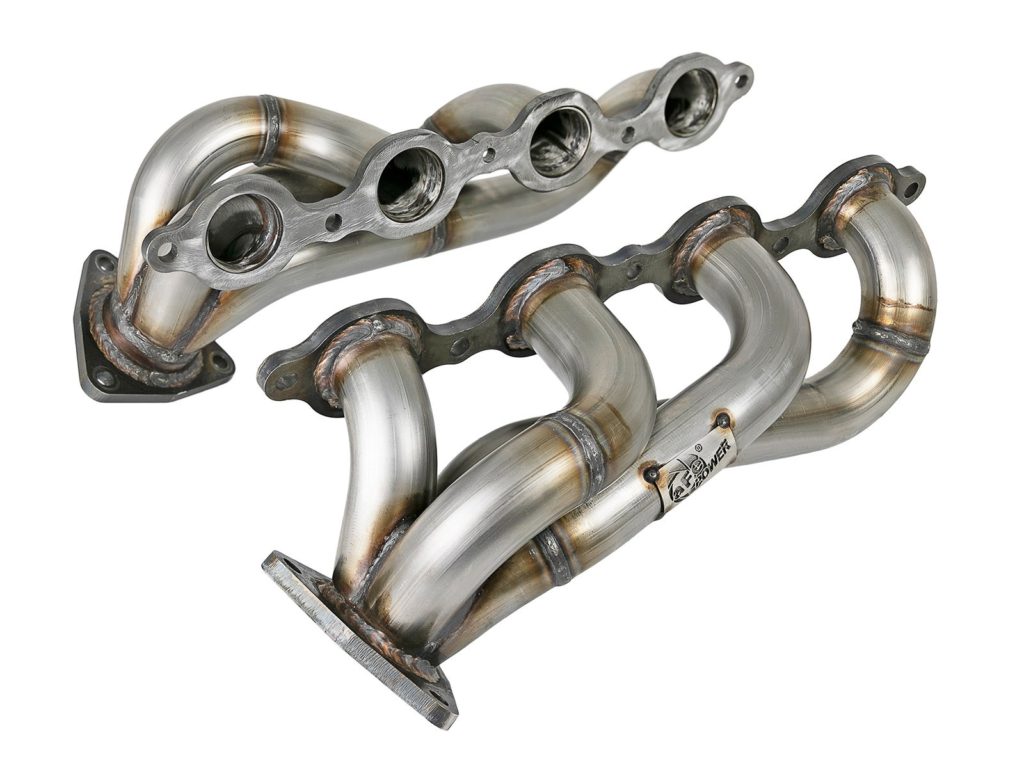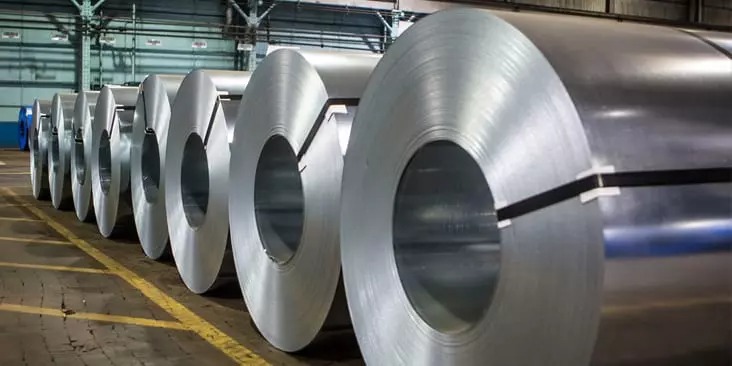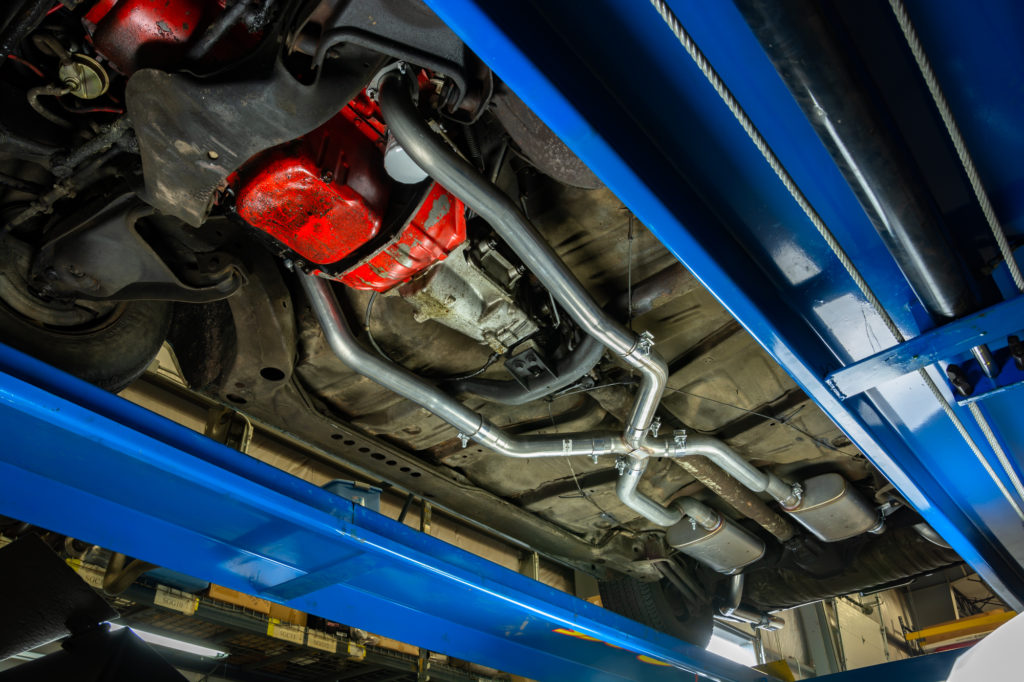
SS396 Digital Gift Cards
Give the Gift of Choice with SS396 Gift Cards!
Looking for the perfect present for the car enthusiast in your life? SS396 gift cards are available in denominations from $10 to $500, so you can choose the amount that fits any budget.






